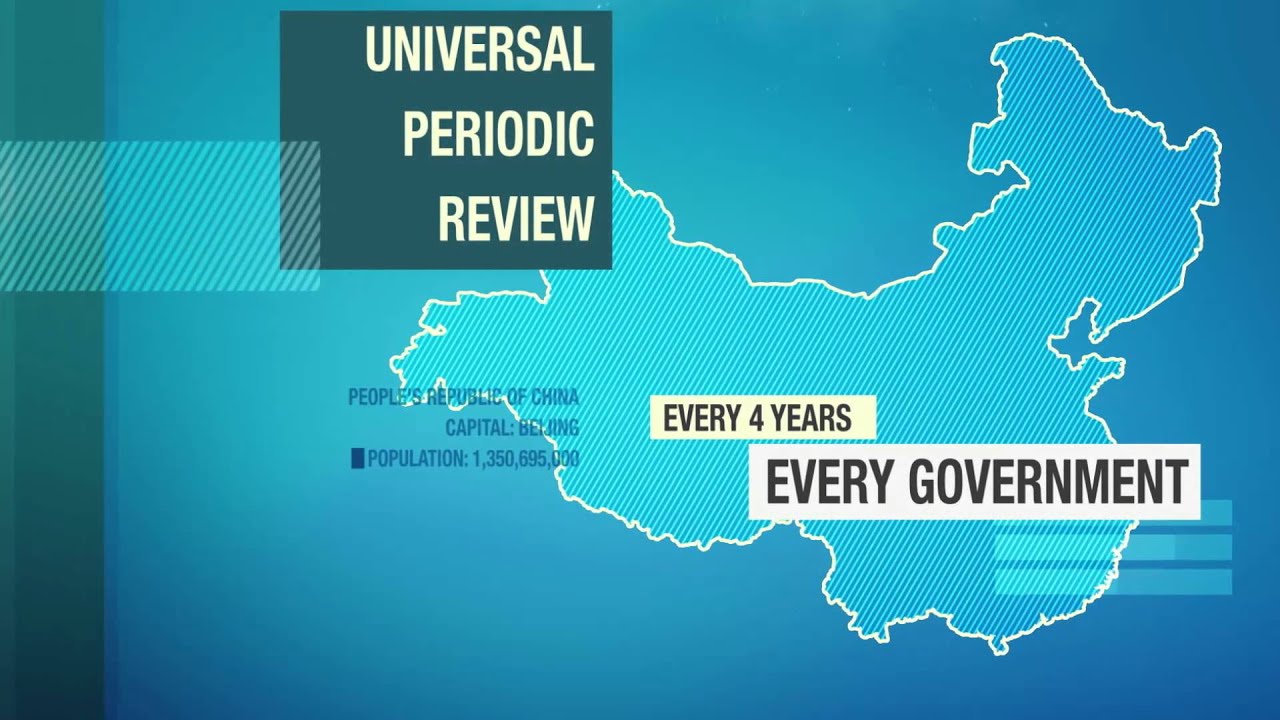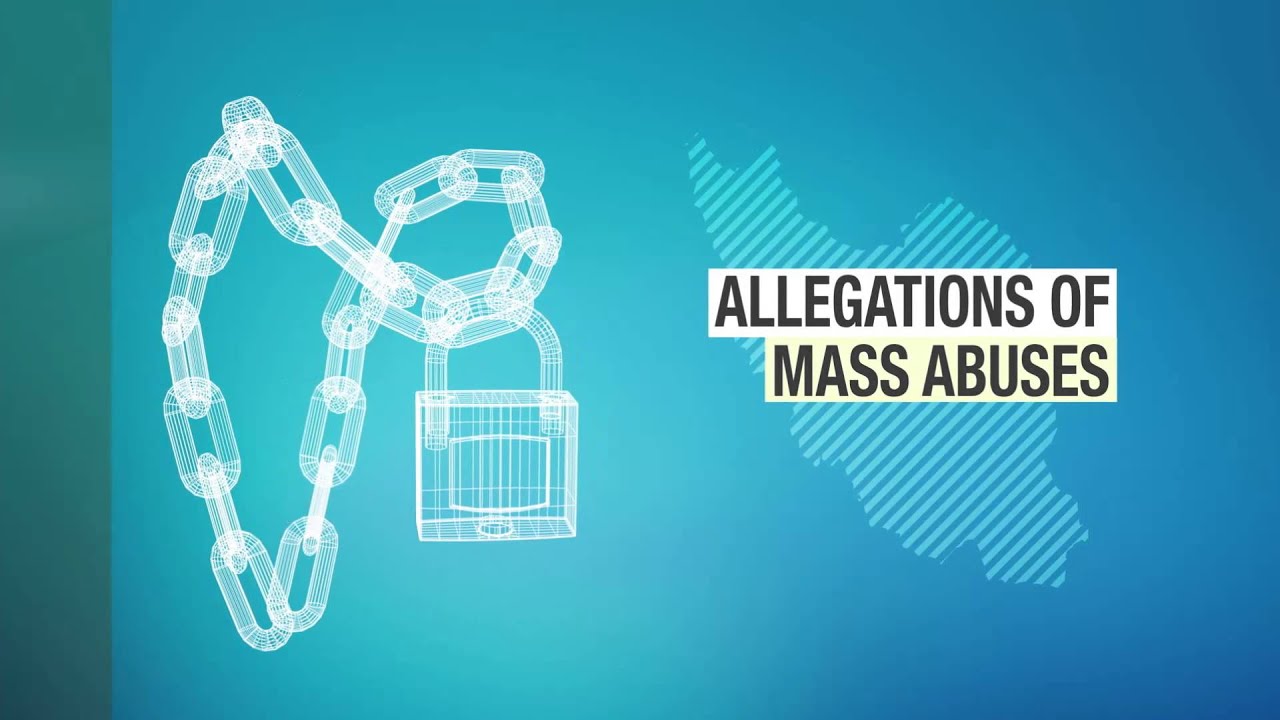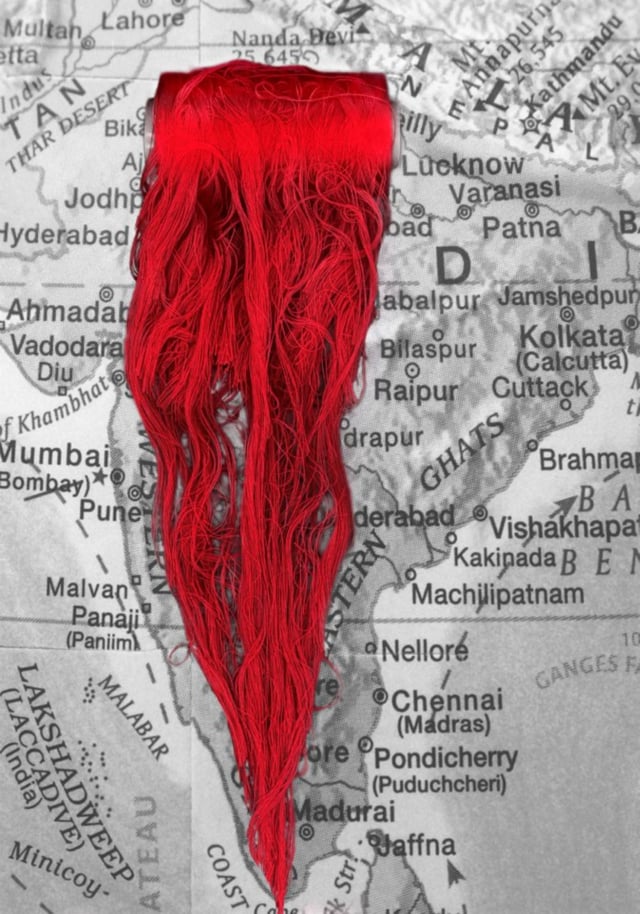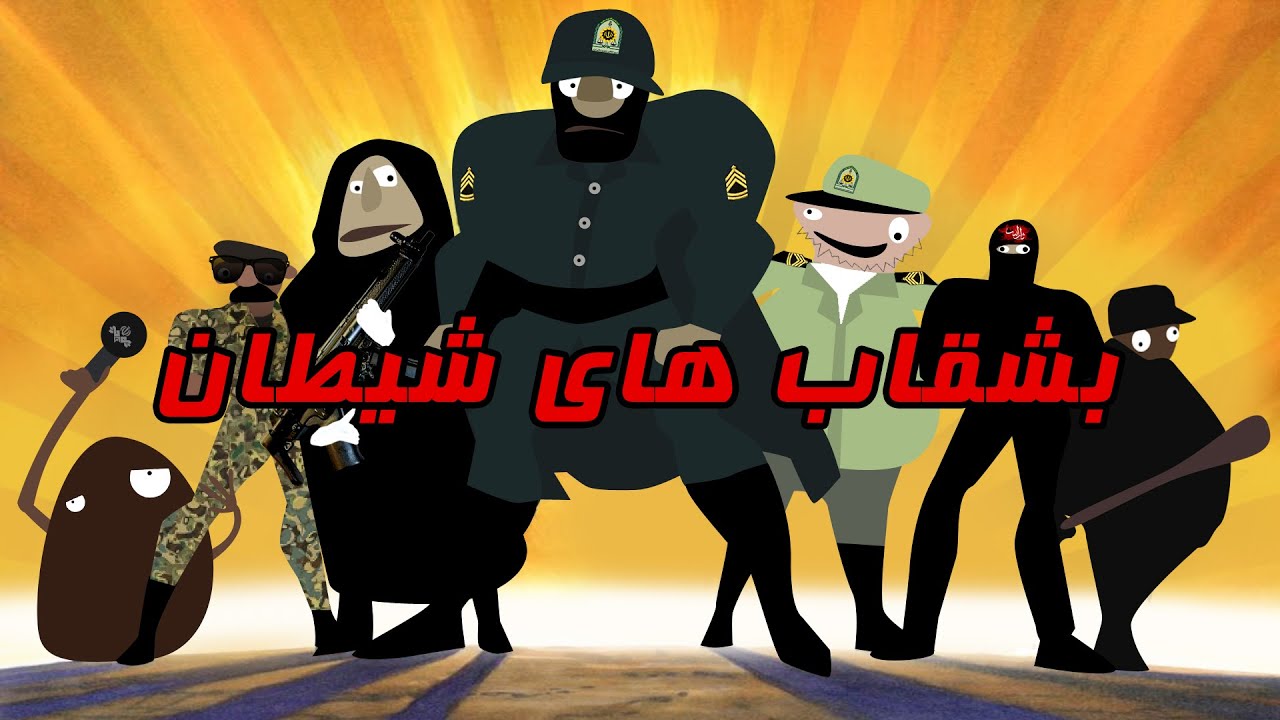Human rights documentaries, short films and animations have enjoyed huge prominence in recent years, becoming a staple of advocacy and exerting new cultural weight in the broader entertainment landscape. Pithy YouTube clips and amateur videos are tools for engaging public opinion and initiating change —and the ability to disseminate them widely using social media and mobile apps make them all the more influential and popular.
Grassroots activists have led the way in putting these tools to work for their cause, and international bodies and large organizations have followed suit. In August, the Human Rights in Iran Unit (HRIU) at the City University of New York commissioned a series of animated films to raise awareness of the human rights situation in Iran, marking Dr Ahmed Shaheed’s third year as the country’s special rapporteur on human rights in the Islamic Republic of Iran. The films appeal to people around the world to engage with human rights and take action, but they also convey what the UN is doing to protect those rights.
“Human rights must be less of an abstraction and more of a household conversation,” says Rose Parris Richter, head of HRIU, which worked with animation studio Flickerlab to create the videos. “You do that by bringing it into living rooms through people’s computers”.
View the video in Persian
View the video in Persian
The project compiles research and supports Shaheed’s work to highlight the most pressing human rights issues in Iran, from jailed journalists and political dissidents to the persecution of religious minorities to extrajudicial executions. Researchers examine cases with specific reference to Iranian law and the government’s adherence to commitments under international treaties, look at the Islamic Republic’s judicial system, and coordinate with civil society and human rights groups working inside and outside of the country.
Along with research, interviews and analysis compiled by other organisations and academic institutions, including Shirin Ebadi’s Centre for the Defence of Human Rights, Amnesty International, the International Campaign for Human Rights in Iran and rights-specifics organizations like the Baha’i International Community, HRIU findings form part of Dr Shaheed’s reports to the Human Rights Council, the most recent being published in March 2014.
Parris Richter says that around the same time that the project was launched, she spoke with an Iranian sociologist—whose own case is being looked at by the human rights council after his rights were violated while he was in Iran—about the UN’S special procedures and their impact. The Iranian public simply does not have an understanding of what these procedures are, the sociologist said, and how they could potentially help victims of abuses in Iran.
“There will be some audiences you’ll never be able to reach,” the sociologist told Parris Richter, but said there was an active, engaged generation of Iranians who actively use social media to communicate and distribute information, and for whom powerful, emotive images and video can play a vital role in consciousness raising.
Harold Moss, creative director at Flickerlab, who worked with HRUI to create the videos, says this kind of project can have real impact because “we now have the means to spread knowledge much more rapidly and in a more democratic fashion.”
For many, the UN is an unwieldy concept in itself. What does it do and what is its overall impact? Using imagery to convey a complex set of ideas or the processes of a huge international body like the UN presents a unique set of opportunities to kindle in public engagement, says Morris.
“Is there a clever way to visualize a complex organization, and create an ‘a-ha’ moment?” he says. “Is there a way to use recurring imagery to tie together a complex thread of information? How do we translate sometimes very legalistic language into more everyday speech, without abandoning the accuracy of the information being conveyed?”
One IranWire citizen videojournalist said that animation offers a way to connect with a far broader segment of society, across age and social background. “Many people don’t really see how human rights relates to them, he says, “especially those who don’t have a real interest in the news or avoid thinking about human right issues because of their bitterness.
“Animation can make any subject bearable to watch and sometimes even make it funny, so it’s easier for the viewer to learn about it.”
Though the UN animations are upbeat and encouraging, they are also realistic, pointing out that although the Islamic Republic is a signatory to the UN, it has blocked the special rapporteur from entering the country as part of his mandate, despite numerous requests to visit.
“Film, journalism or any other form of art can't change power structures,” says documentary maker and journalist Leah Borromeo.
“What they can do is shake up what people think about those power structures they're either under or are complicit in forming.”
Borromeo says that modern Iran is a complex array of overlapping power structures, and that external global actors are keen to co-opt civil society activism for their own purposes. Creating thought-provoking art in this climate, she says, is challenging.
“What you want to do is get people to stop drinking the Kool-Aid and kick out the collective brainwashing—art that overtly criticizes a regime and points out what you are fighting against has to work in tandem with art that steadfastly explores what you are also fighting for.”
Borromeo cites the example of the graphic novel and film Persepolis, and says that animation’s strength is distilling a complex narrative to its most simple, visual terms.
She says that though while viewers can become an external audience that can heckle and cajole Iran to change its approach to human rights, the appeal lies higher. “Ultimately, the audience and the filmmaker want to engage with are the very people who try to suppress mass critical thinking to keep their hands on the power.”
Brett Biedscheid, a filmmaker who has worked with a number of NGOs to help highlight complex human rights issues through graphics and animation, says it can be hard to get a grasp on the breadth and depth of human rights abuse in many parts of the world, particularly where numbers and statistics are used to explain the situation. "Powerful imagery, film and strong graphics can provide the opportunity for people to engage in human rights on many levels—if they can engage artistically, it means they can engage emotionally and even on a practical level," he says.
Morris points out the crucial role of satire, a tool IranWire's citizen filmmakers use to point out the ridiculous nature of the suppression, but also the ways in which it has helped shape culture and society.
“Comedy can be a powerful tool for highlighting what is wrong, and opening up people to think about things in a new way,” says Morris. “While human rights is often dealt with at lofty levels, the impacts, and the biggest progress, are dependent on what happens on the ground. Storytelling is a powerful way of engaging the mind and the imagination, of helping people see how things might be different, and what their role might be”.

























comments